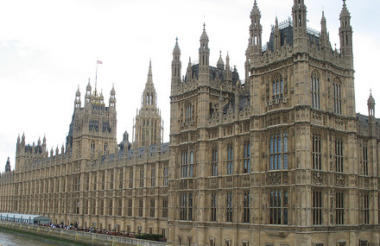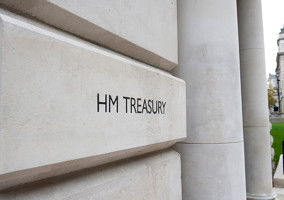This story has been updated to reflect figures from the Scout Association, showing that there are 8,000 and not 23,000 separate scout charities.
The government has rejected proposals intended to allow tens of thousands of children’s charities to claim a gift-aid like relief on small donations, which could potentially have brought in up to £70m a year more for the charity sector.
The proposals were made yesterday, during a debate on the Small Charitable Donations and Childcare Payments Bill, and would have allowed scout, guide and cadet groups to make claims under the Gift Aid Small Donations Scheme, which allows each charity to claim up to £2,000 of gift-aid like relief on small cash donations each year, even if those gifts are not accompanied by the usual paperwork.
The bill was introduced to make changes to make it easier to claim under GASDS, which was expected to raise more than £100m a year for charities but has so far managed less than a quarter of its targets.
Groups such as the Charity Finance Group and Charity Tax Group say the scheme has not been successful because government introduced so much red tape in order to counter fraud that the relief is hard to use. CFG and CTG have said the new bill does not address many of the most serious problems.
Among the problems is that “linked charities” can only make one claim between them.
There are 8,000 scout groups in the UK and 27,000 guide groups, as well as many cadet charities. These groups are usually not registered with the Charity Commission, but could be viewed as autonomous charities, in which case each would be allowed be entitled to claim the relief separately.
One linked charity
However HM Revenue & Customs views all scout groups as one linked charity, and all guide groups as another. This decision means that the UK’s scout and guide groups are eligible to claim £4,000, instead of £70m.
An amendment proposed by Rebecca Long Bailey, Labour MP for Salford and Eccles, would have allowed the government to specifically exclude groups such as scouts, guides and cadets, but it was withdrawn without vote after government indicated it would not back it.
Yesterday Jane Ellison, financial secretary to the Treasury, said that another clause in the bill – the “community buildings” clause – will already allow scout and guide groups to make claims. The “community buildings” clause says that a charity can be entitled to claim multiple times under the scheme if there are many buildings put to charitable use.
The rules around which buildings qualified were previously too strict to allow scouts and guides to benefit. Ellison said the rules had now been relaxed.
CFG: relaxation does not go far enough
But CFG, which worked with Labour on the amendment, has said that the relaxation of the rules still does not go far enough to allow scouts and guides to benefit.
“In the first place, these rules require you to have a building of your own,” said Andrew O’Brien, head of policy and engagement at the CFG. “Many groups do not. Secondly, the rules are incredibly confusing. They require you to use the building several times a year and have a quorum of so many people. You have to collect donations within a certain area. They are too complicated to be used by small, volunteer-led groups.”
O’Brien said the Labour amendment would have offered a simple solution.
“HMRC have indicated they oppose it,” he said. “They haven’t really offered an argument as to why. We will try to introduce it again when the bill moves to the Lords.”
HMRC response
An HMRC spokesman said: “There is no requirement whatsoever for groups to have a building of their own. Groups can use their own buildings (scout huts) but equally they can make use of church halls, village halls, or community centres.
“The rules are being relaxed; currently charities were limited to collections that take place within the building. Under the changes, charities will be able to include any donation collected within the local authority area.”
Related articles












